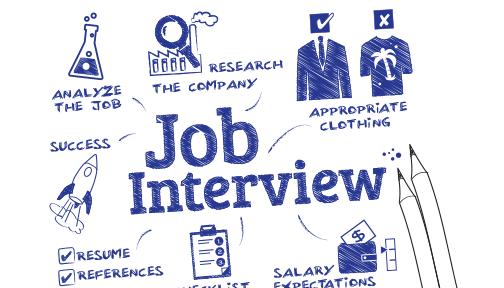Almost every time I sat down to apply for jobs last semester I found myself with multiple windows open on my computer each with seemingly endless tabs. After a while I would get so overwhelmed I would either minimize each window and open Netflix, or slowly close my laptop in defeat. I know that it takes time, but it is exhausting and impossible not to feel defeated sending applications into a void. (If this situation sounds familiar keep reading….)
That is why I decided to apply for a grant through Taylor to fly out to the Bay area to conduct three days worth of informational interviews. Before beginning the job search process I had not heard of informational interviews, or understood their value. Now, I highly encourage anyone looking for a job, summer internship, or simply wanting to explore their interests, to spend a month or so setting up and conducting informal interviews over coffee or at the office.
Here’s a quick list of the steps to take with some key lessons I learned along the way:
- To start, research organizations that you are interested in working for or want to learn more about. You can narrow this search down by location, field, or type, such as non-profit or for profit organizations. For example, when planning for my trip to the Bay I knew I wanted to get to know people working at social innovation consulting firms, but also gave myself room to explore different positions at organizations with a focus on public health and policy. It’s important to remember that you want to learn if you are interested in doing something similar with your time so it’s good to be curious and open minded.
- After you identify the organizations you want to reach out to spend some on their website and find specific employees you can send the initial email to. It is helpful to find someone with a similar background to you or a focus you would like to speak to in the interview. You can then use this information in the first email you send asking to set up a time to talk.
- Next, create a template for yourself so that you can send out multiple emails out efficiently and effectively. The first paragraph should be an introduction and include information about yourself, such as your year, your major, and what path you are interested in pursuing. The second paragraph should focus on the organization or individual that you are reaching out to. For example: “I greatly admire the work being done at the Greenlining Institute and was wondering if I could ask you a few questions about the organization. I can only imagine how busy everyone is and would appreciate any time you are willing to give.” Make sure to include specific dates so both you and the recipient know when to follow up. (I would also suggest creating an Excel spreadsheet where you document when you send the email, to whom, when you received a response, when you met, and if a follow-up was sent).
- While awaiting a response it is important to have an updated resume along with a list of prepared questions to ask during the interview. Although I found conversation flowed naturally after the first few questions, it is helpful to have questions to serve as notes, if there is a lull, or if you want to reroute the conversation entirely. Preparing questions is another way to show that you’ve done your research ahead of time. For example, you can ask about parts of the organization you’ve found and are curious about or include information about current projects you know the organization is working on.
- The day of make sure you have a pen, notebook, your questions printed out, and your resume handy. I also learned after the first few interviews that it is helpful to have a personal pitch prepared that can last anywhere between 3 to 5 minutes. Definitely get there at least ten minutes early, remain composed, calm, and trust in your accomplishments thus far. It is also okay to realize after an informational interview that you do not like the work that is being done at the organization. That is what this time is for!
- The follow up is arguably the most important step because these people are now permanently in your network. Make sure to send an email immediately acknowledging they took the time to meet with you, along with a handwritten thank you card, which is also an excuse to be creative and draw for a good part of your day.

